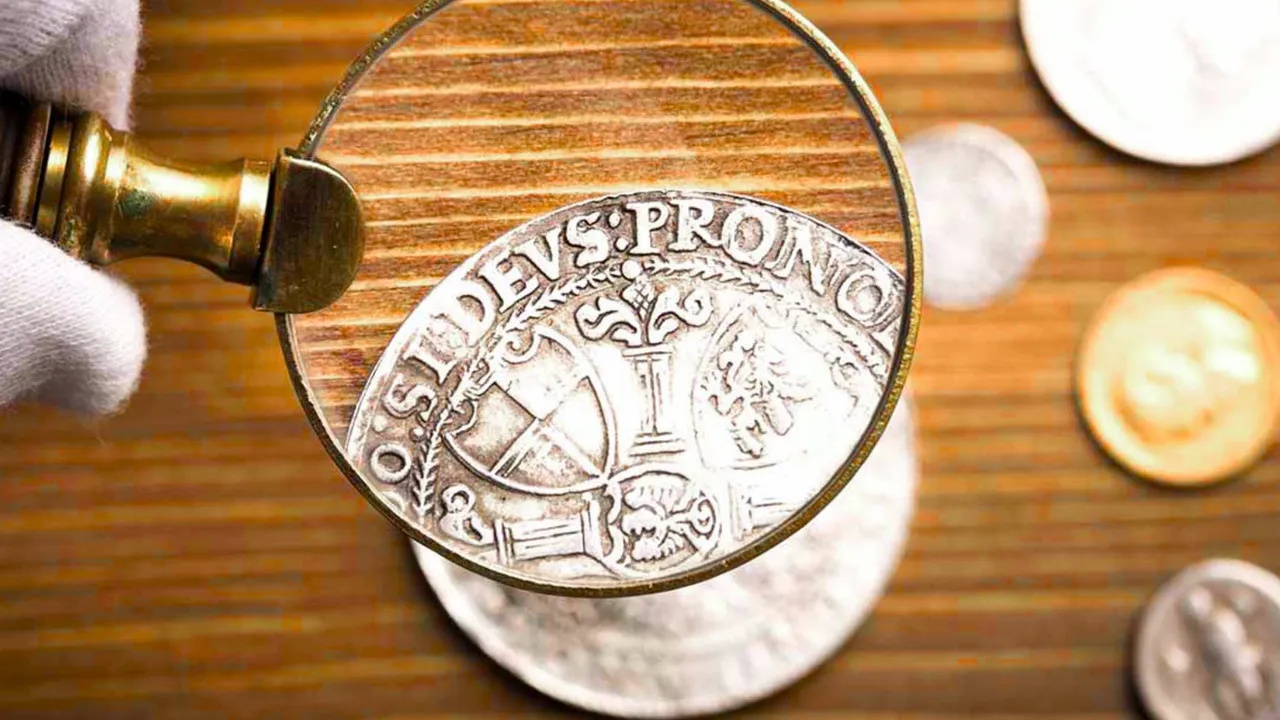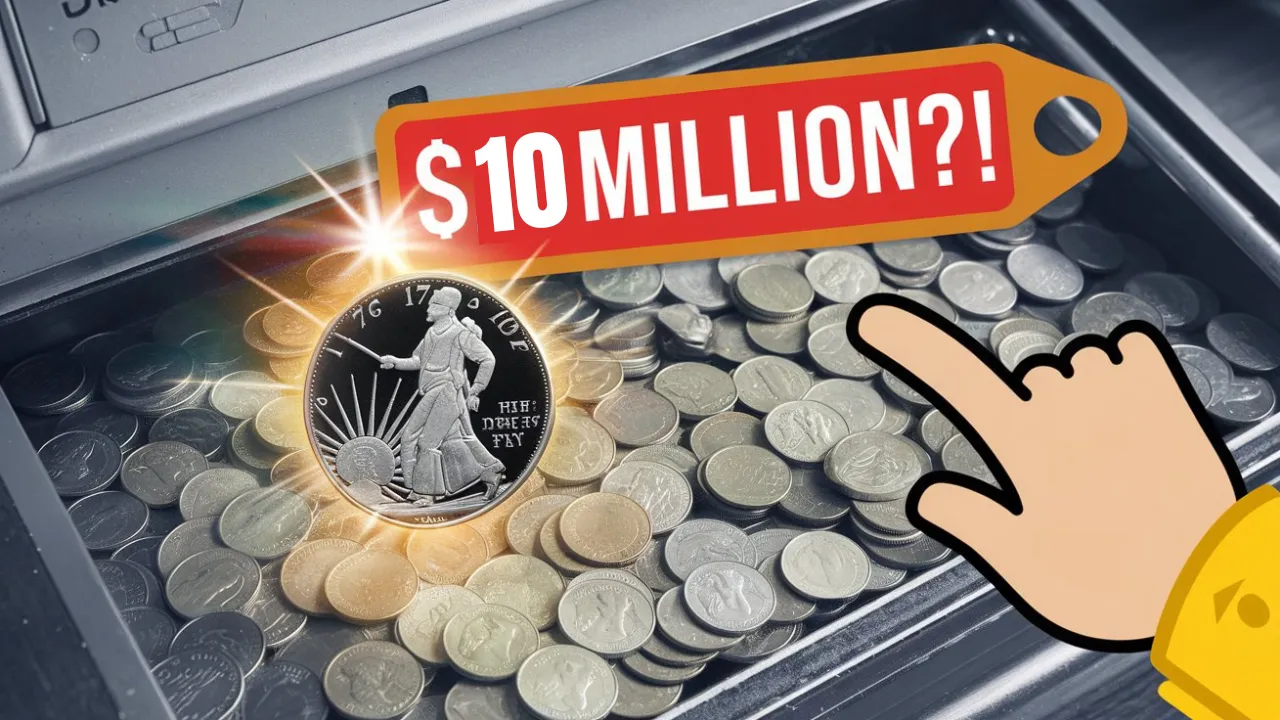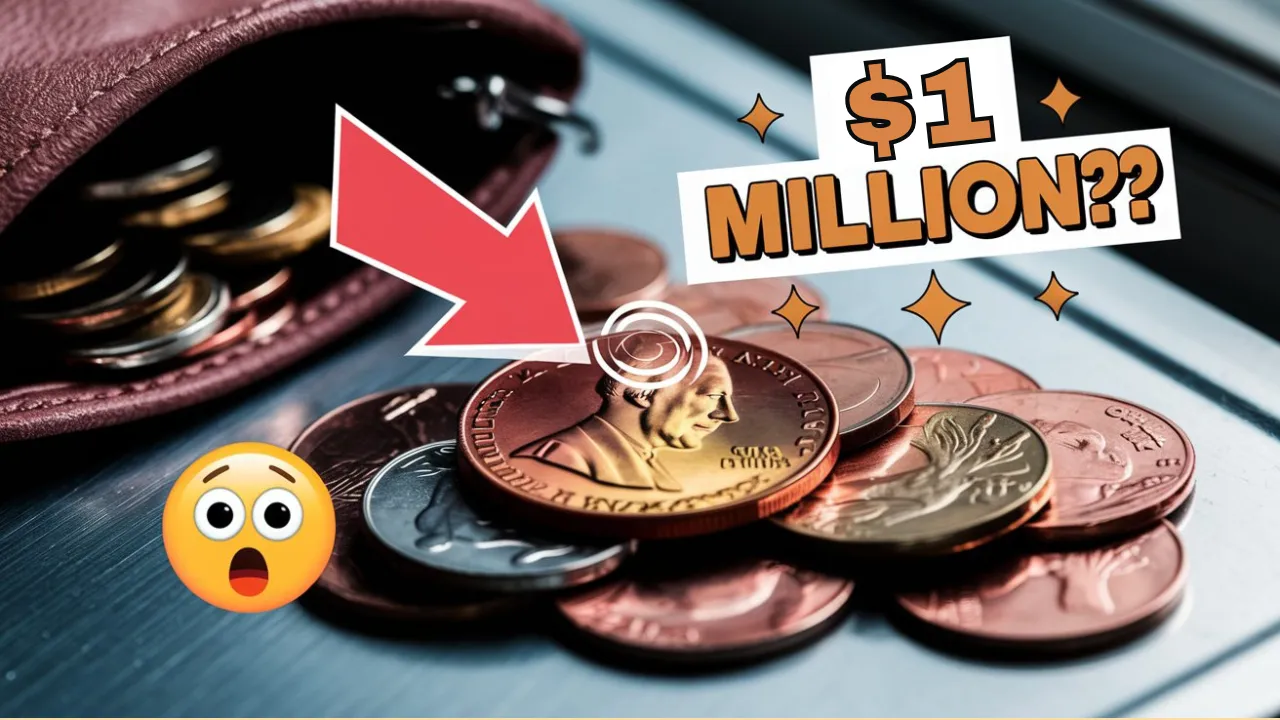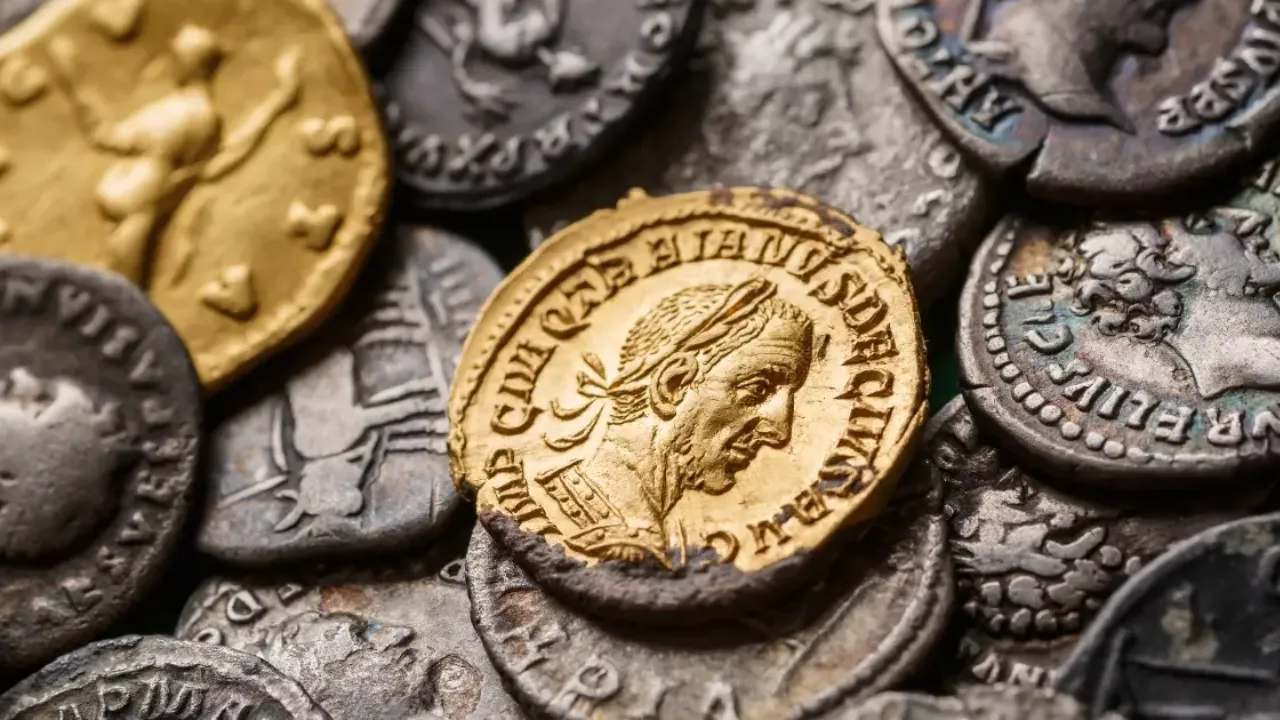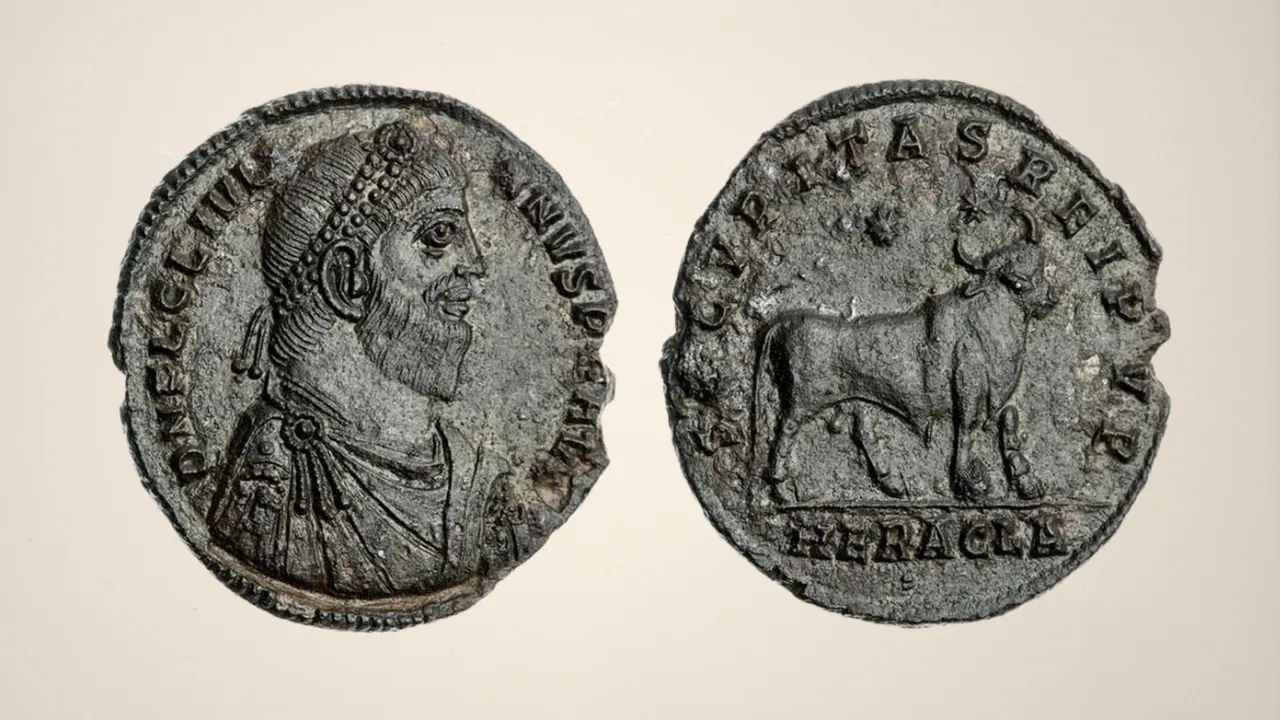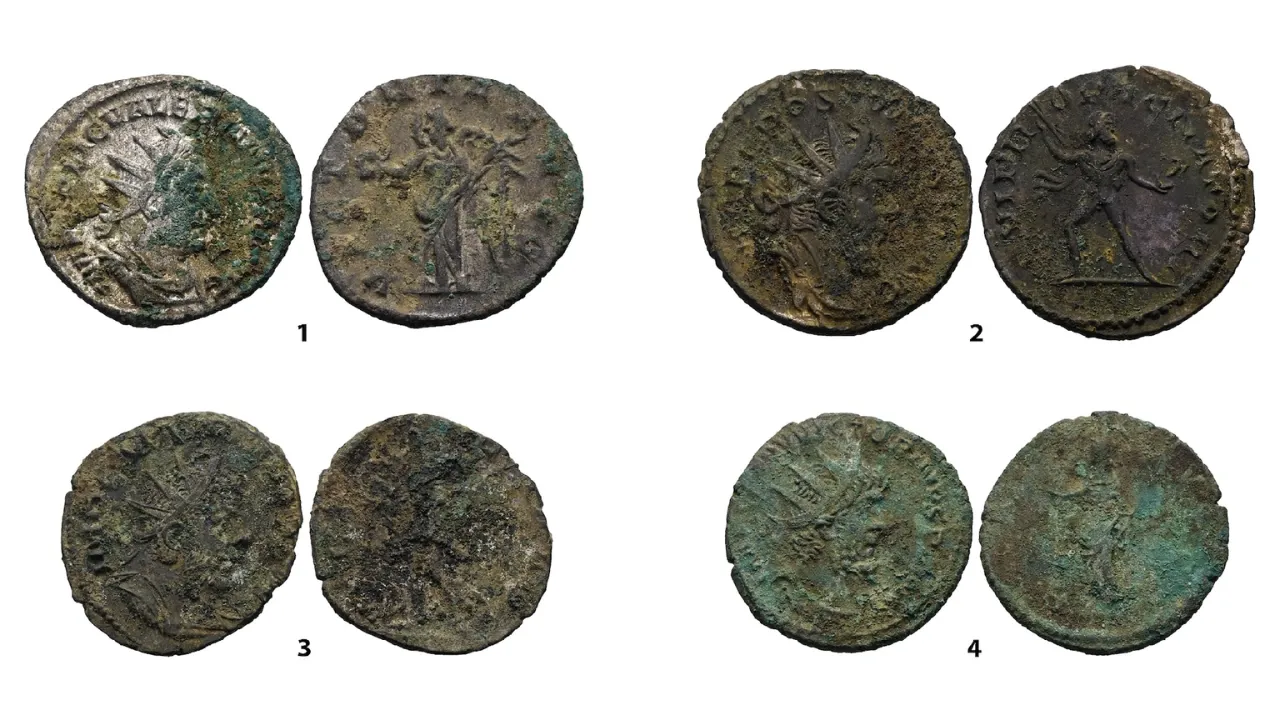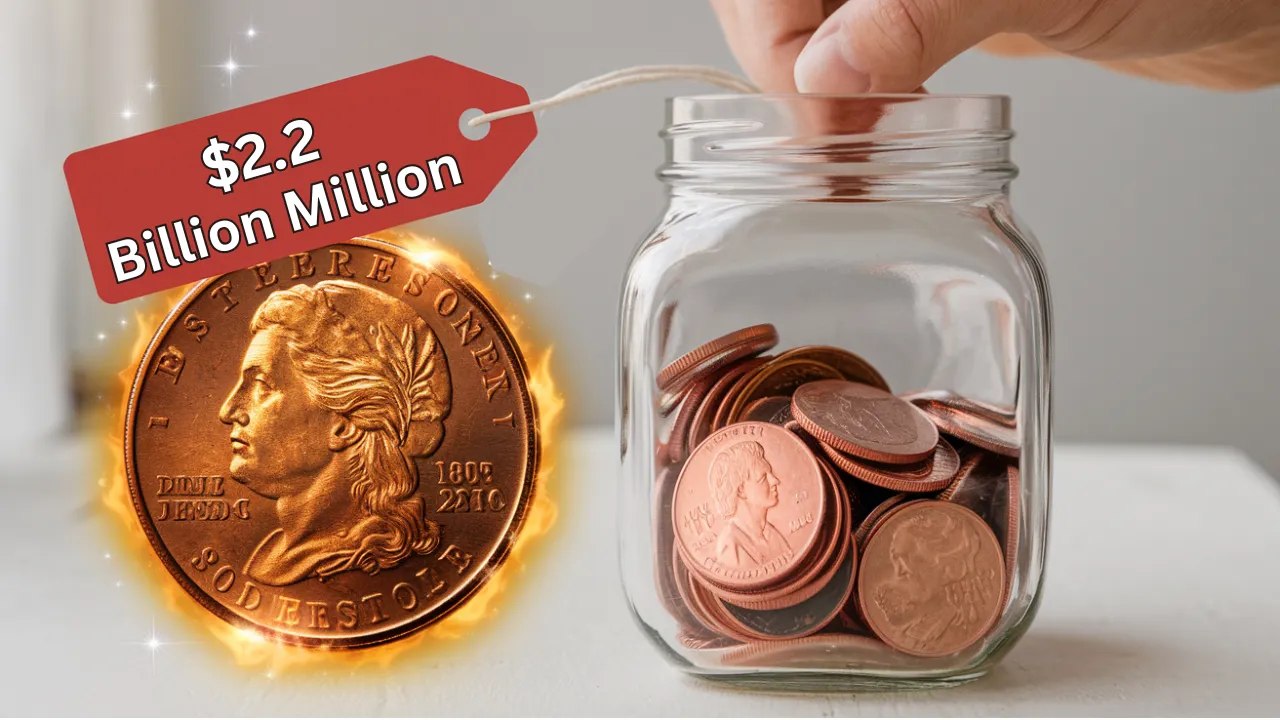Rare Dimes 3 Unique Coins Worth a Fortune: In the world of coin collecting, Rare Dimes hold a special allure. These small, seemingly ordinary coins have the power to surprise collectors and investors with their immense value. Whether due to historical significance, minting errors, or extremely limited production numbers, these dimes have become prized possessions in numismatic circles.
In this article, we’ll dive into the fascinating stories behind three rare dimes that have fetched jaw-dropping prices in auctions. From a coin minted in incredibly low numbers to one featuring an unusual error, each of these dimes tells a unique story and represents a valuable slice of history.
Overview of the Top 3 Rare Dimes
| Dime Name | Year | Key Feature | Estimated Value |
| 1894-S Barber Dime | 1894 | Extremely low mintage (24 coins) | Over $1 Million |
| 1916-D Mercury Dime | 1916 | Limited mintage (264,000 coins) | $15,000 – $200,000+ |
| 1942/1 Mercury Dime | 1942 | Overdate error in the year | $30,000+ (Mint Condition) |
1. 1894-S Barber Dime: The Million-Dollar Masterpiece
The 1894-S Barber Dime is one of the most sought-after coins in American numismatic history. With a mintage of only 24 coins, it’s considered one of the rarest dimes ever produced by the United States Mint.
The story behind this dime remains a mystery. Some believe it was minted as special gifts for bankers, while others think it was a test run for future production. Today, only 9 specimens are known to exist, with most of them tucked away in private collections.
The coin’s design, featuring Liberty with a laurel wreath on the obverse and a wreath surrounding the denomination on the reverse, is a testament to timeless craftsmanship. If you ever come across an 1894-S Barber Dime, you might be holding a coin worth over $1 million.
2. 1916-D Mercury Dime: A Key Date Treasure
The 1916-D Mercury Dime is another gem in the world of Rare Dimes. With a mintage of only 264,000 coins, this dime is considered the rarest key date in the Mercury Dime series.
Designed by Adolph A. Weinman, the coin showcases Lady Liberty wearing a winged cap, symbolizing freedom of thought. The reverse features a fasces and olive branch, representing strength and peace.
Its rarity comes from its limited production at the Denver Mint, marked by a small “D” below the olive branch on the reverse. Today, depending on its condition, a 1916-D Mercury Dime can be worth anywhere from $15,000 to over $200,000.
Collectors prize this coin not only for its beauty but also for its historical significance as an early example of the Mercury Dime series.
3. 1942/1 Mercury Dime: The Minting Error Marvel
Minting errors often create some of the most fascinating and valuable coins in the world, and the 1942/1 Mercury Dime is no exception. This coin features an overdate error, where the “1” from 1941 is still visible underneath the “2” in 1942.
Errors like these occurred when the mint accidentally used an old die to strike new coins. While most error coins are discarded during quality checks, some manage to slip through—and these become incredibly valuable in the hands of collectors.
The 1942/1 Mercury Dime is one of the most famous error coins in U.S. history. In mint condition, this dime can fetch prices upwards of $30,000, and exceptionally preserved specimens can be worth significantly more.
Why Are Rare Dimes So Valuable?
Several factors contribute to the immense value of Rare Dimes:
- Limited Mintage: Coins with extremely low production numbers are always in high demand.
- Historical Significance: Some dimes carry stories or were produced during important historical events.
- Mint Errors: Mistakes during the minting process create unique coins that collectors love.
- Condition: Coins in pristine condition are significantly more valuable than worn or damaged ones.
Each rare dime isn’t just a coin—it’s a piece of history, art, and rarity combined.
How to Identify Rare Dimes in Your Collection
Finding Rare Dimes isn’t as far-fetched as it might seem. Here are a few tips to help you identify valuable dimes:
- Check the Date: Look closely at the years on your dimes. Key dates include 1894, 1916, and 1942.
- Examine the Mint Mark: Coins from certain mints, like the Denver (D) or San Francisco (S) mints, can be worth more.
- Look for Errors: Overdates, double strikes, or misprints significantly boost a coin’s value.
- Inspect the Condition: Coins in mint condition or with minimal wear are worth much more.
- Consult a Professional: If you suspect you have a rare dime, get it evaluated by a certified coin expert.
Where to Sell Rare Dimes
If you happen to own one of these Rare Dimes, here are the best places to sell them:
- Auction Houses: They attract serious collectors willing to pay premium prices.
- Reputable Coin Dealers: Certified dealers can offer fair evaluations and facilitate sales.
- Online Marketplaces: Platforms like eBay or specialized numismatic forums are great for reaching a wide audience.
- Coin Shows: Attending coin exhibitions can help you connect directly with potential buyers.
FAQs About Rare Dimes
1. Why is the 1894-S Barber Dime so valuable?
Its value comes from its extremely low mintage of just 24 coins, making it one of the rarest dimes ever produced.
2. What makes the 1916-D Mercury Dime rare?
The low mintage of only 264,000 coins from the Denver Mint makes it highly desirable among collectors.
3. What is the 1942/1 Mercury Dime error?
It’s an overdate error where the “1” from 1941 is visible beneath the “2” in 1942.
4. How much can a rare dime sell for?
Depending on the coin and its condition, prices can range from $15,000 to over $1 million.
5. How do I know if I have a rare dime?
Look for key dates, mint marks, and minting errors, and consult a professional coin appraiser.
Final Thoughts
These Rare Dimes—the 1894-S Barber Dime, 1916-D Mercury Dime, and 1942/1 Mercury Dime—represent some of the most valuable coins in American history. Each carries a unique story, making it much more than just a piece of currency.
If you have a passion for coin collecting or think you might have one of these dimes hidden away, now is the time to start inspecting your collection!
Feel free to share your thoughts in the comments or pass this article along to fellow collectors. Happy hunting!
